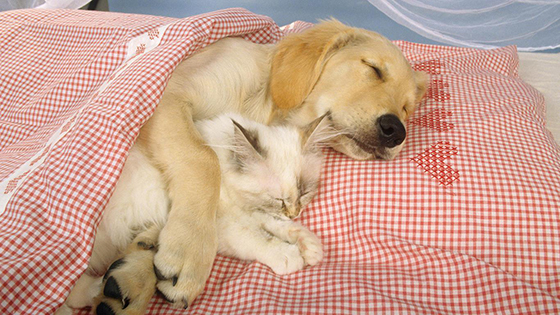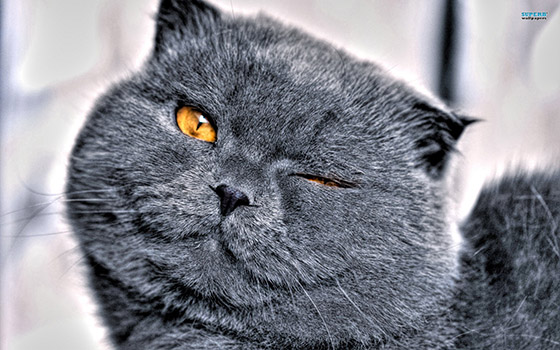Cosplay, an artwork form in which lovers get dressed up as their preferred characters from movies, television indicates, anime, and more, has gone through a amazing transformation through the years. at the start rooted in fandom way of life, it has transcended mere dress play to grow to be a widespread way of life and even a style trend.
In its early days, cosplay changed into often constrained to conventions and gatherings in which enthusiasts could explicit their love for precise franchises via difficult costumes. those occasions furnished a platform for like-minded individuals to percentage their ardour and creativity. the focus was by and large on accuracy and authenticity, with members spending months crafting certain clothes that mirrored the ones in their cherished characters.
because the internet have become greater standard, groups around cosplay commenced flourishing online. Social media platforms and committed boards allowed human beings to percentage their creations and inspire others. Tutorials and workshops have become not unusual, making it less difficult for novices to enroll in the ranks. This democratization of data brought about an explosion inside the range and complexity of costumes, as well as accelerated accessibility for those inquisitive about collaborating.

The upward push of social media has played a vital function in the mainstreaming of cosplay. platforms like Instagram, Twitter, and TikTok have became normal cosplayers into influencers, showcasing their paintings to millions of followers. Viral demanding situations, hashtags, and collaborations have further cemented cosplay’s place in popular culture. no longer constrained to conference halls, cosplay may be seen anywhere from movie premieres to high-style runways.
One can not discuss the evolution of cosplay without bringing up the blending of conventional craftsmanship with current generation. improvements along with three-D printing, virtual cloth printing, and advanced substances have revolutionized how costumes are made. those technology allow for remarkable degrees of detail and customization, pushing the limits of what is possible in man or woman illustration. moreover, software programs now enable cosplayers to layout tricky styles and textures, enhancing each the visible and tactile aspects in their creations.

interestingly, cosplay has additionally commenced influencing mainstream style. high-cease designers have taken idea from iconic cosplay designs, main to collaborations among fashion homes and popular culture franchises. Celebrities sporting cosplay-inspired clothing on crimson carpets and at public activities have best served to blur the traces among fan subculture and haute couture. This crossover has delivered approximately a brand new appreciation for the artistry worried in cosplay, elevating its popularity inside the broader cultural panorama.
furthermore, cosplay has developed into a powerful tool for self-expression and social remark. contemporary cosplayers regularly infuse their costumes with personal aptitude or political messages, challenging conventional norms and sparking important conversations. This shift displays a broader fashion toward embracing individuality and diverse views in current society.
In precis, cosplay has transitioned magnificently from a niche interest to a worldwide phenomenon, deeply embedded in both fandom and style. Its evolution highlights an exciting intersection of creativity, era, and lifestyle. as the network keeps to develop and evolve, cosplay will surely continue to be a vibrant and influential pressure, shaping no longer best how we have fun our favorite narratives however also how we perceive the sector around us.






